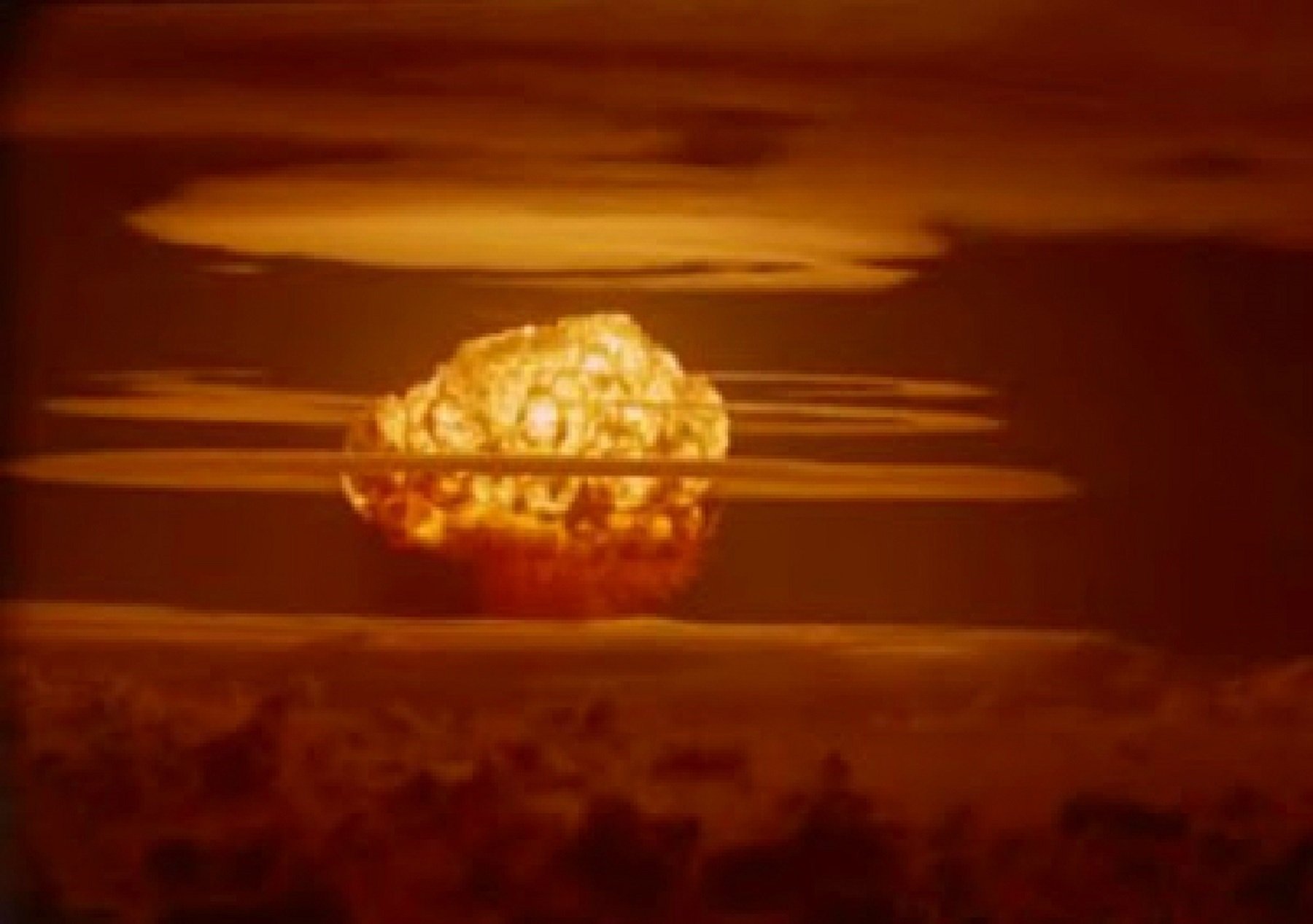
In short, a Tsar Bomba warhead would completely devastate the entire Los Angeles metropolitan area. Up to 50 miles away, anyone exposed to the flash of the weapon would receive third-degree burns. Up to 20 miles away from the detonation, the blast wave would gut every building - even concrete and steel reinforced buildings. Within five miles of ground zero, everyone not killed by the blast and heat would receive a lethal dose of 500 rems of high-energy radiation. On a clear day, an airburst at 14,000 feet above ground level would produce a nuclear fireball two miles wide that would be hotter than the surface of the sun, reducing concrete and steel skyscrapers to ashes. Bank Tower, the second tallest building west of the Mississippi River. But for a 100-megaton warhead … close enough will do.Ĭonsider the damage a 100-megaton version of the Tsar Bomba could inflict on Los Angeles - say, if detonated directly above the U.S. Russian nuclear weapons had further to travel, so there was more chance of missing the mark. The shorter flight distance for those missiles meant they had a better chance of delivering their nuclear warheads effectively on target. Because of the NATO alliance’s nuclear advantages, the United States could place bombers and intermediate range ballistic missiles fairly close to Soviet targets in Eastern Europe.īy the late 1950s and early 1960s, America placed intermediate-range ballistic missiles such as the Thor in the United Kingdom and Turkey, and Honest John and Matador missiles in West Germany. However, the CIA investigated whether the Soviets planned to place similar warheads on super-powerful intercontinental ballistic missiles that would target American cities. The Tsar Bomba was so big, it’s doubtful whether it could ever have been a practical weapon delivered by a Soviet bomber.īecause of the distance from the Soviet Union to America, removal of the fuselage fuel tanks to accommodate the bomb - combined with its sheer weight - meant that a Bear bomber wouldn’t have sufficient fuel for the mission even with aerial refueling. It was 26 feet long, about seven feet in diameter and weighed more than 60,000 pounds - so large it couldn’t even fit inside of the bomb bay of the modified Bear bomber used to drop it. Interestingly enough, Tsar Bomba was one of the “cleanest” nuclear weapons ever detonated, because the bomb’s design eliminated 97 percent of the possible fallout.Įven its size was monstrous. They used a three-stage Teller-Ulam lithium dry-fuel configuration - similar to the thermonuclear device first demonstrated by the United States during the Castle Bravo shot.Ĭoncerns about fallout prompted Russian scientists to use lead tampers that dialed down the yield to half of the bomb’s capabilities. The designers originally intended the bomb to have a 100-megaton yield.

The nuke’s thermal pulse burned the paint off of both planes.Īnd that was small compared to the Soviets’ original plan. The top of the mushroom cloud spread out until it was 60 miles wide. Its mushroom cloud boiled up into the atmosphere until it was 45 miles above ground zero - essentially, the lower boundaries of space. Witnesses saw the flash through heavy cloud cover more than 600 miles from the blast site.
#Bomba nuclear windows#
The blast broke windows more than 500 miles away.

The chute opened, and the bomb started its three-minute descent to its detonation altitude two-and-a-half miles above the earth.ĭurnovtsev pushed the throttles to the max. When the planes reached their destination at the predetermined altitude of 34,000 feet, he ordered the bomb dropped. This gave Durnovtsev and his comrades a chance to escape. The bomb also had a parachute to slow its drop, giving both planes time to fly around 30 miles away from ground zero before the nuke detonated. That’s at least what the scientists hoped the paint would do. The test project’s scientists painted the Bear bomber and its Tu-16 Badger chase plane white to limit heat damage from the bomb’s thermal pulse.


30, 1961, Durnovtsev and his crew took off from an airfield on the Kola Peninsula and headed to the Soviet nuclear test area above the Arctic Circle at Mityushikha Bay, located in the Novaya Zemlya archipelago. “Americans like to point to it as an example of how crazy the Cold War was, and how crazy the Russians are and were,” Wellerstein added. “I think we make a lot more of the Tsar Bomba today than anytime other than the immediate period in which it was tested.”


 0 kommentar(er)
0 kommentar(er)
